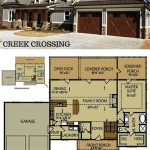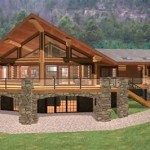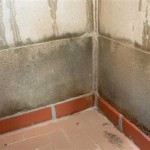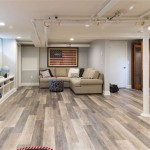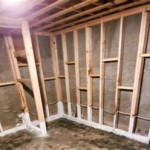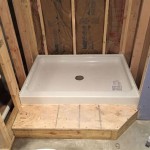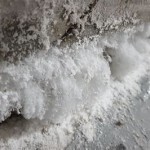What Is Basement Crawl Space
A basement crawl space is a narrow, enclosed area beneath a house that is typically used for storage or utility purposes. Crawl spaces are usually located between the ground floor and the basement, and they are typically accessed through a small door or hatch in the floor. Crawl spaces can vary in size, but they are generally short and narrow, with ceilings that are typically too low to stand up in. This can make it difficult to access and work in crawl spaces, and it is important to take precautions when entering one.
Crawl spaces are often damp and humid, and they can be a breeding ground for mold and mildew. This can pose a health hazard, and it is important to take steps to keep the crawl space dry and well-ventilated. Crawl spaces can also be home to pests, such as rats and mice, and it is important to take steps to keep these pests out of the crawl space.
Crawl spaces can be used for a variety of purposes, including storage, utilities, and access to plumbing and electrical systems. However, it is important to be aware of the potential hazards associated with crawl spaces, and to take precautions when entering one.
Uses of Basement Crawl Space
Crawl spaces can be used for a variety of purposes, including:
- Storage: Crawl spaces can be used to store a variety of items, such as seasonal decorations, old furniture, and gardening equipment. However, it is important to keep the crawl space organized and well-ventilated to prevent the accumulation of mold and mildew.
- Utilities: Crawl spaces can be used to house a variety of utilities, such as furnaces, water heaters, and electrical panels. This can make it easier to access and repair these utilities, but it is important to keep the crawl space well-ventilated to prevent the accumulation of moisture and hazardous fumes.
- Access: Crawl spaces can provide access to plumbing and electrical systems, which can be helpful when making repairs or additions to the home. However, it is important to take precautions when entering a crawl space, as it can be a hazardous environment.
Hazards of Basement Crawl Space
Crawl spaces can be a hazardous environment, and it is important to be aware of the potential risks before entering one. Some of the hazards associated with crawl spaces include:
- Moisture: Crawl spaces are often damp and humid, which can lead to the accumulation of mold and mildew. This can pose a health hazard, especially for people with respiratory conditions. It is important to keep the crawl space well-ventilated to prevent the accumulation of moisture.
- Pests: Crawl spaces can be home to a variety of pests, such as rats, mice, and insects. These pests can contaminate the crawl space with their droppings and urine, which can pose a health hazard. It is important to keep the crawl space clean and free of debris to prevent pests from entering.
- Structural hazards: Crawl spaces can be structurally unsound, and it is important to be aware of any potential hazards before entering one. Look for signs of damage, such as cracks in the foundation or sagging floors. If you are unsure about the structural integrity of the crawl space, it is best to consult with a professional.
- Electrical hazards: Crawl spaces can contain electrical wires and equipment, which can pose a shock hazard. It is important to be careful when working in a crawl space, and to avoid touching any electrical wires or equipment.

Basement Vs Crawl Space What S The Difference

Crawl Spaces Explained Encapsulation Groundworks

Common Issues With Crawl Spaces

The Crawlspace Argument Open Vented Vs Closed Encapsulated Myhomescience

Basement Crawl Space Finally Finished

Crawl Space Vs Basement Costs Pros Cons

What Is A Crawl Space And Its Purpose Lowermybills

Crawl Space Encapsulation Rcc Waterproofing Toronto Wet Basement

Can You Turn A Crawl Space Into Basement

Basement Crawl Space Finally Finished

